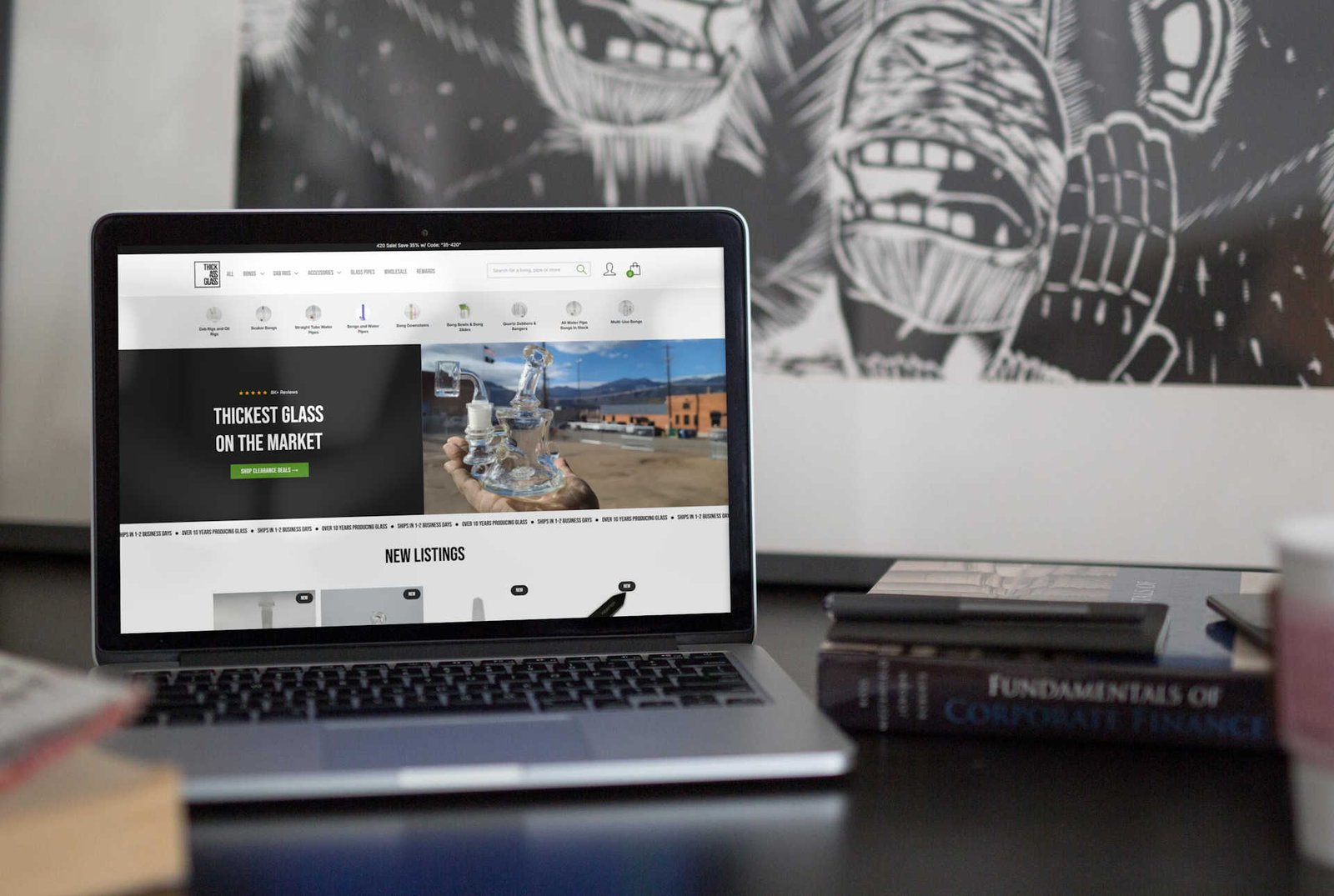Trail-Tested: Long-Term Durability of Ultralight Backpacking Gear

The allure of ultralight backpacking gear is undeniable – who wouldn’t want to carry less weight on the trail? However, a common concern among hikers considering the switch to ultralight equipment is durability. With premium ultralight gear often commanding higher prices, it’s crucial to understand how these lightweight items hold up over thousands of trail miles and multiple seasons of use.
The Evolution of Ultralight Materials
Modern ultralight gear benefits from significant advances in material science. Dyneema Composite Fabric (formerly Cuben Fiber) has revolutionized tent and pack design, offering incredible strength-to-weight ratios and waterproofing capabilities. While expensive, properly maintained DCF gear often outlasts traditional nylon counterparts, especially in wet conditions where traditional materials can degrade from repeated soaking and drying cycles.
Reality of Ultralight Shelters
Long-term testing reveals that ultralight shelters often surpass expectations for durability. Quality DCF and silnylon tents routinely survive thru-hikes and years of regular use. The key to longevity lies in proper site selection and setup – most failures occur from user error rather than material limitations. Careful attention to stake points and guy lines prevents stress damage, while proper storage between trips prevents degradation from prolonged compression.
Pack Performance Over Time
Ultralight backpacks represent perhaps the most significant durability concerns, as they bear the most stress during use. However, packs from established manufacturers using materials like X-Pac and reinforced Robic nylon demonstrate remarkable resilience. The reduction in padding and frame structure rarely impacts longevity – instead, wear typically occurs at stress points like shoulder straps and hip belts, which are often replaceable.
Sleeping System Sustainability
Down quilts and ultralight sleeping bags, when properly maintained, often outlast their heavier counterparts. Premium down maintains its loft characteristics for decades, while lightweight shell materials prove surprisingly durable against normal wear. The primary threat comes from moisture and improper storage, not the materials themselves. Regular cleaning and proper storage techniques can extend the life of ultralight sleep systems indefinitely.
Footwear Findings
Trail runners, the preferred footwear of ultralight hikers, typically last 400-500 miles – significantly less than traditional hiking boots. However, their reduced weight often prevents stress injuries and fatigue, potentially making them a worthwhile trade-off despite increased replacement frequency. Many hikers find that the cost of replacing trail runners matches or beats the cost of replacing worn-out boots over the same distance.
Electronics and Delicate Gear
Lightweight electronics and navigation tools require additional protection in ultralight setups, as minimalist packs offer less padding. However, simple protective measures like DCF pouches and strategic packing prevent damage effectively. The real challenge lies not in the durability of the items themselves, but in developing systems to protect them within minimalist carrying solutions.
Kitchen Gear Longevity
Titanium cookware proves nearly indestructible in practical use, often showing only cosmetic wear after years of service. Ultralight stove systems, particularly alcohol and canister stoves, demonstrate excellent durability due to their simplicity and lack of moving parts. The primary wear points tend to be auxiliary items like plastic containers and fuel bottles, which are easily and inexpensively replaced.
Cost Analysis Over Time
While ultralight gear often carries a higher initial price tag, the long-term cost analysis often favors quality lightweight equipment. When factoring in replacement costs and considering cost-per-mile, premium ultralight gear frequently proves more economical than repeatedly replacing cheaper, heavier alternatives. The key lies in selecting proven designs from reputable manufacturers and maintaining gear properly.
Environmental Impact Considerations
Durable ultralight gear contributes to sustainability by reducing material consumption over time. Though manufacturing processes for some ultralight materials may be resource-intensive, the extended lifespan of quality gear often results in less overall environmental impact compared to repeatedly replacing heavier items that wear out more quickly.
Care and Maintenance Impact
The longevity of ultralight gear depends significantly on proper maintenance. Regular cleaning, appropriate storage, and prompt repairs dramatically extend gear life. Most ultralight materials respond well to maintenance, and manufacturers increasingly provide detailed care instructions and repair services, contributing to extended gear lifespans.
Real-World Performance Assessment
After analyzing gear used on multiple thru-hikes and extended backcountry trips, ultralight equipment often matches or exceeds the durability of traditional gear when used within its design parameters. The key to longevity lies not in the absolute weight of the gear, but in the quality of materials, construction methods, and user care practices.
Making Informed Choices
When investing in ultralight gear, prioritize items from manufacturers with proven track records and robust warranty programs. Research real-world experiences from long-distance hikers and understand the maintenance requirements for different materials. With proper selection and care, ultralight gear can provide years of reliable service while maintaining its weight-saving benefits.


